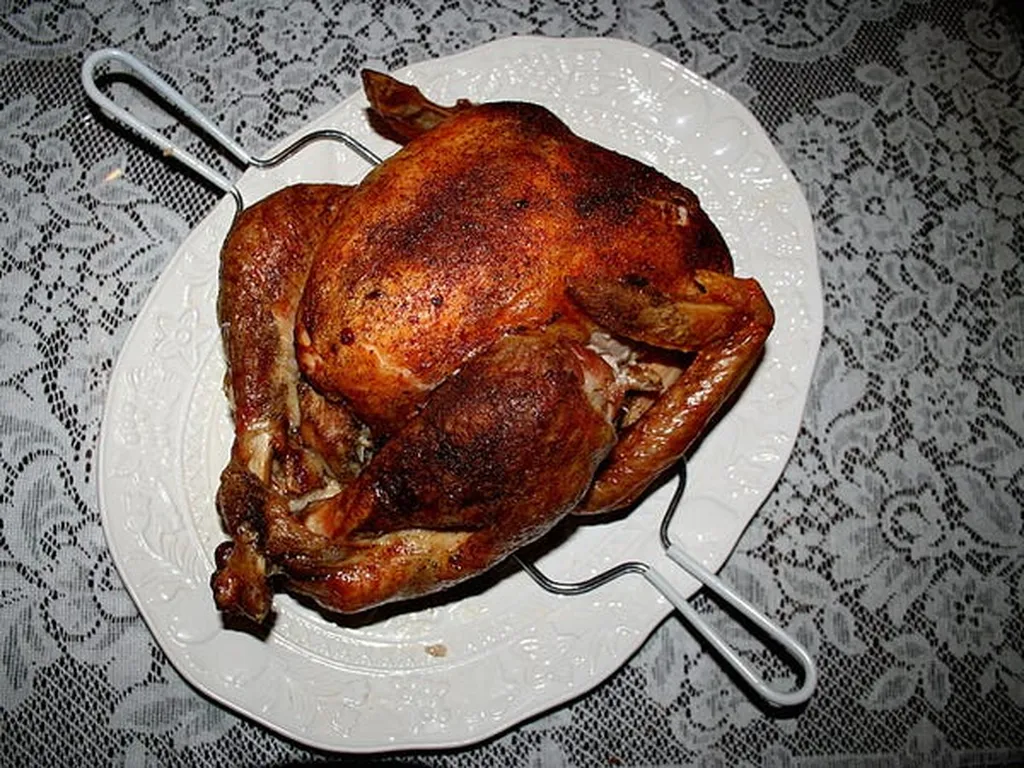In the quest to improve eggshell quality in aged laying hens, a team of researchers led by Li-bing Gao from the Key Laboratory of Feed Biotechnology at the Chinese Academy of Agricultural Sciences has made significant strides. Their study, published in *Poultry Science*, delves into the intricate world of extracellular vesicles (EVs) and uterine fluid (UF) proteins, offering insights that could revolutionize the poultry industry.
Eggshell quality is a critical factor in the poultry industry, directly impacting egg production efficiency and economic returns. As hens age, their eggshell quality tends to decline, leading to increased breakage and economic losses. The research team sought to understand the underlying mechanisms by comparing EVs and EV-deleted UF (UFEV−) between high and low eggshell breaking strength groups.
The findings are compelling. The low-strength group exhibited significant decreases in eggshell breaking strength, eggshell percentage, thickness, and fracture toughness. “We observed that eggshells with low breaking strength also displayed increased type B mammillae, along with reduced effective layer ratio and decreased early fusion of mammillae,” Gao explained. This suggests that the structural integrity of the eggshell is compromised as the hens age.
The study also revealed that while there were no significant differences in particle concentration, size distribution, and calcium concentration of EVs, the protein concentration of EVs at 7 hours post-oviposition (PO) was lower in the low breaking strength group. “At 17 hours PO, the particle concentration, the percentage of large particles, and the protein concentration of EVs were reduced compared to 7 hours PO in the high breaking strength group,” Gao added. This temporal change in protein concentration could be a key factor in understanding the decline in eggshell quality.
The proteomic analysis identified 290 differentially expressed proteins (DEPs) in UFEV− and 183 DEPs in EVs. These DEPs were primarily associated with vesicular transport, matrix protein, ion transport, and protein synthesis. “The altered protein composition in both UFEV− and EVs is closely associated with declined eggshell quality,” Gao noted. This finding opens up new avenues for targeted interventions to improve eggshell quality in aged laying hens.
The commercial implications of this research are substantial. By understanding the proteomic changes in EVs and UF proteins, poultry farmers can develop strategies to enhance eggshell quality, reduce breakage, and improve overall production efficiency. This could lead to significant economic benefits for the agriculture sector.
Looking ahead, this research could shape future developments in the field by focusing on the specific proteins and pathways involved in eggshell calcification. “Our findings provide a foundation for further studies to explore the functional roles of these proteins and their potential as targets for improving eggshell quality,” Gao said. This could include the development of nutritional supplements, genetic modifications, or other interventions to enhance eggshell quality in aged laying hens.
In conclusion, the study by Gao and his team offers valuable insights into the mechanisms underlying eggshell quality decline in aged laying hens. By focusing on the proteomic changes in EVs and UF proteins, the research paves the way for innovative solutions to improve eggshell quality and boost economic returns in the poultry industry. As the agriculture sector continues to evolve, such scientific advancements will be crucial in meeting the growing demand for high-quality poultry products.

